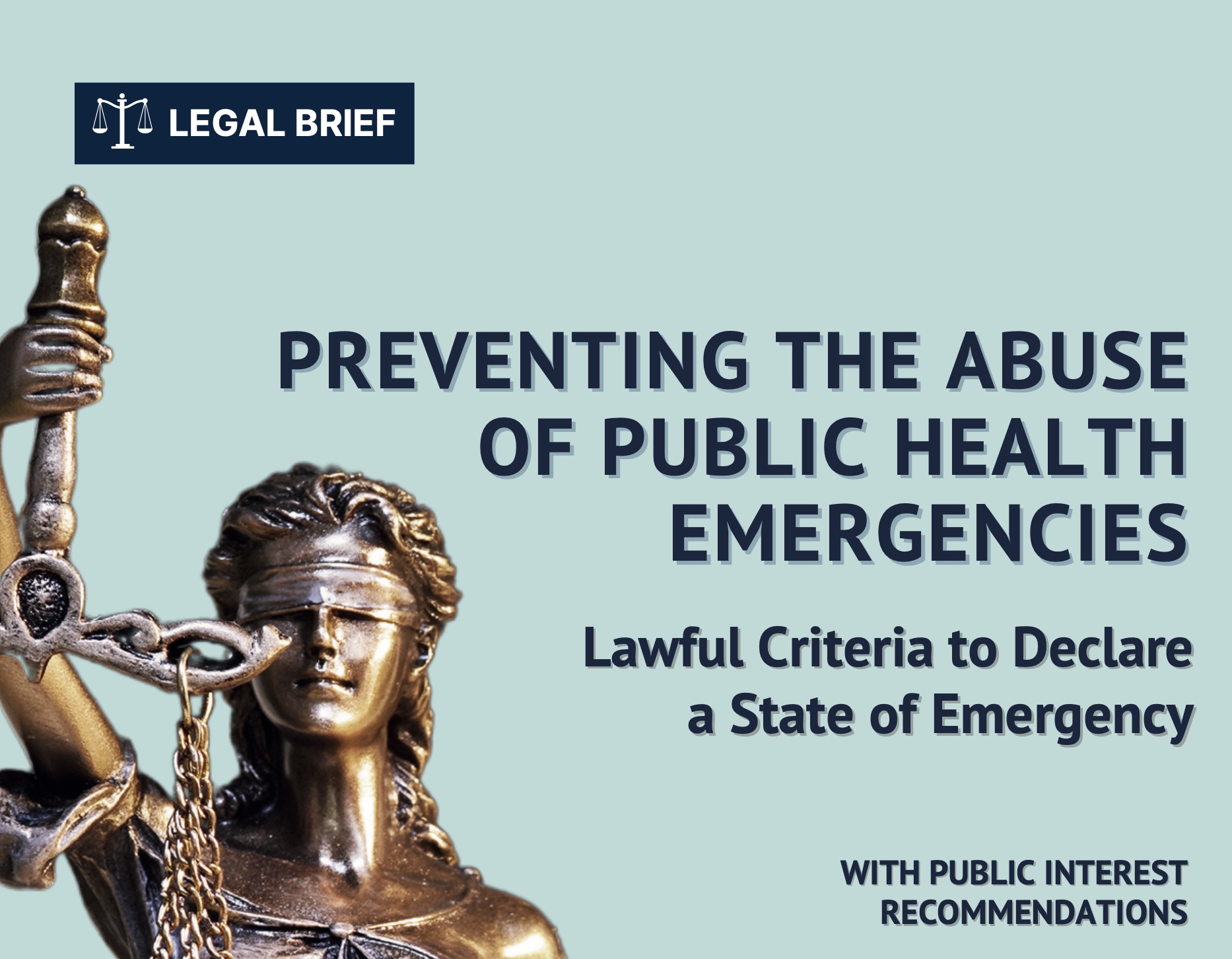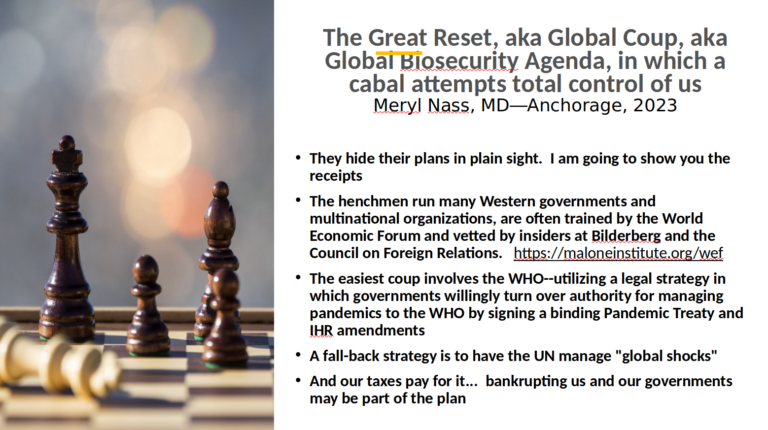Lawful Criteria to Declare a State of Emergency
February 2024 publication from World Council for Health on the intersection of human rights and public health in the event of emergencies.
“Throughout history, it is evident that one of the principal tools employed by tyrannical governments to deny people their basic human rights and freedoms has been the baseless declaration of a state of emergency. Unsurprisingly then, the central legal instrument abused by governments during the COVID-19 pandemic was the declaration of an illicit state of emergency, which granted governments and their public health authorities extensive powers. This led to and facilitated unjustifiable gross violations of fundamental human rights for almost three years.”








